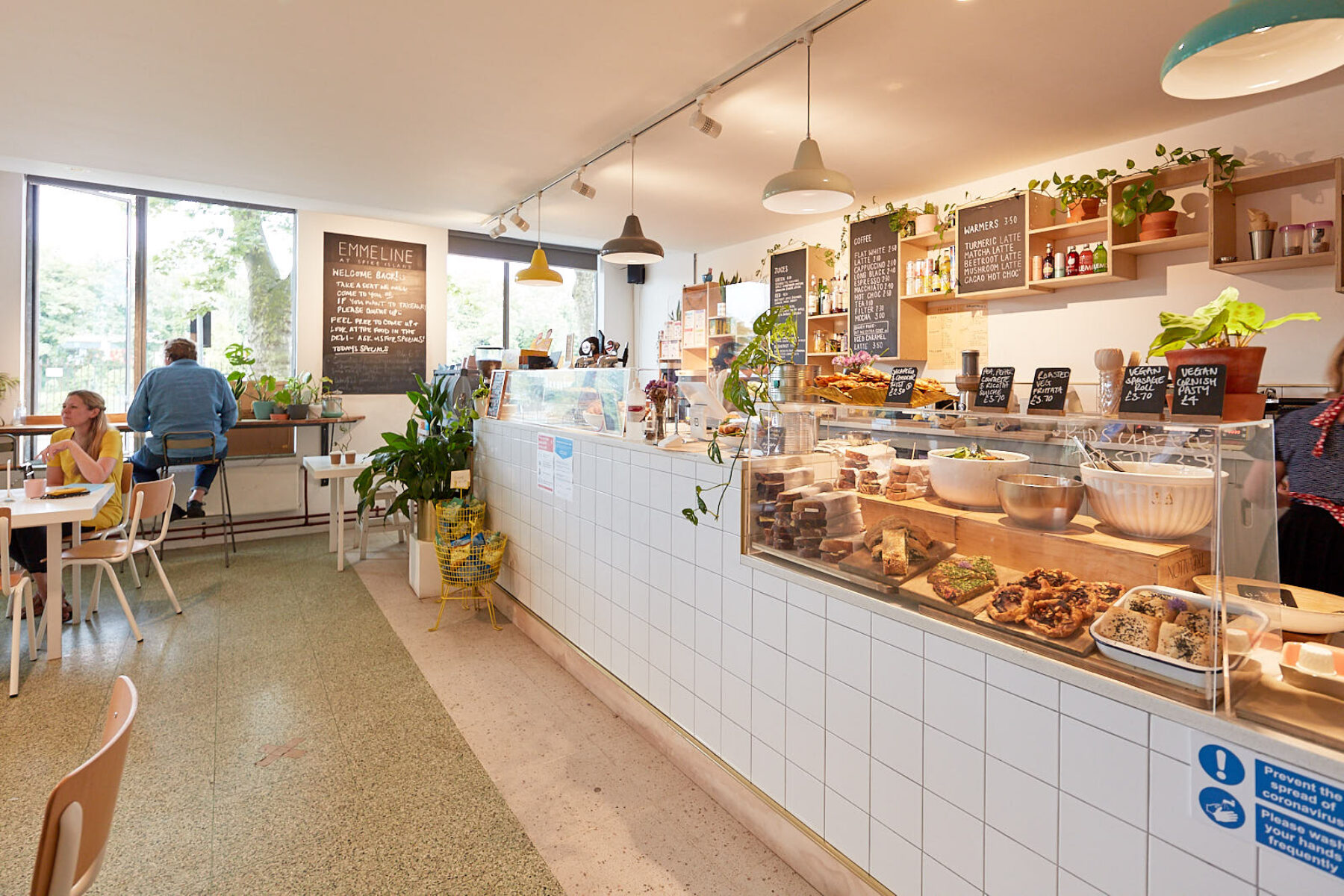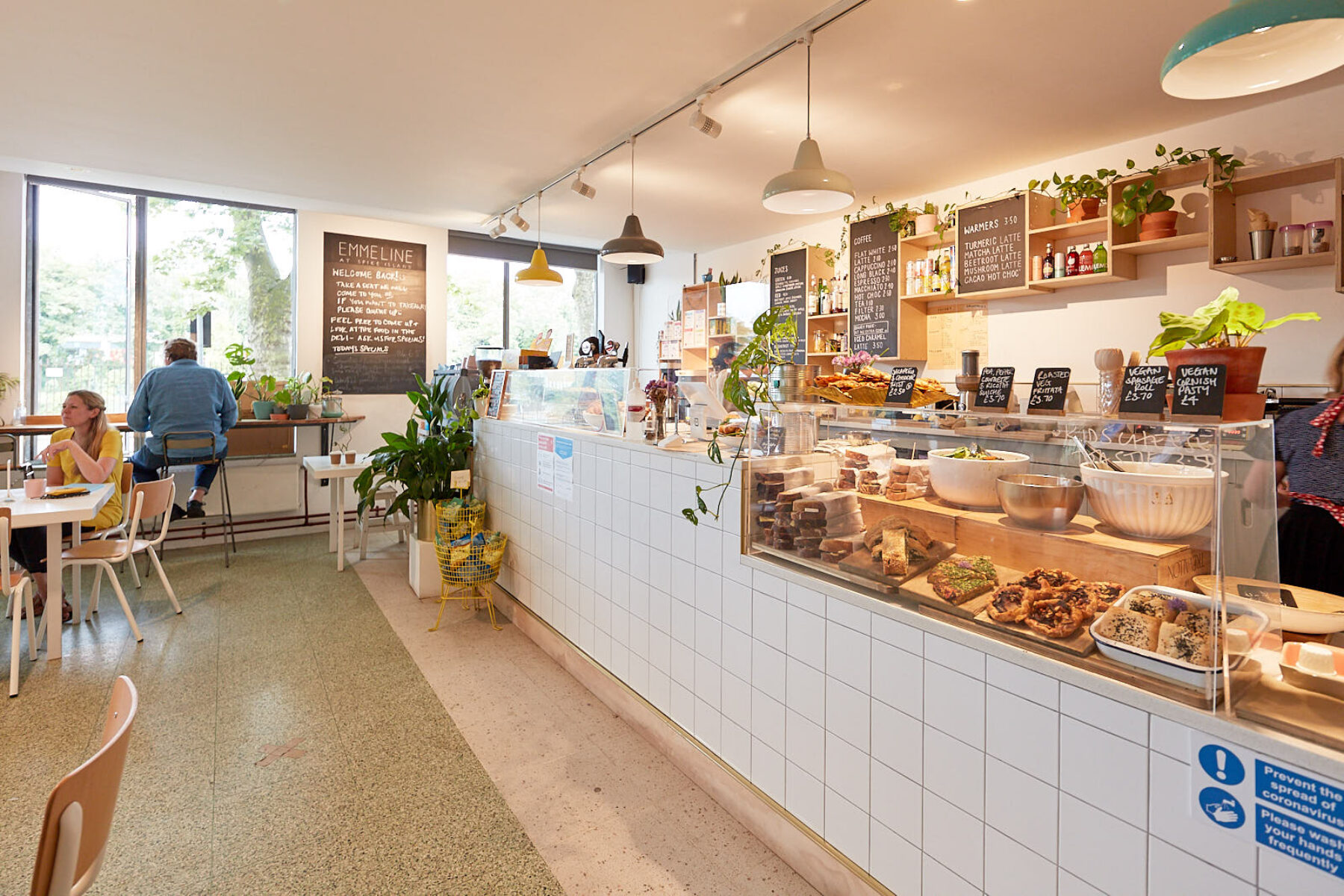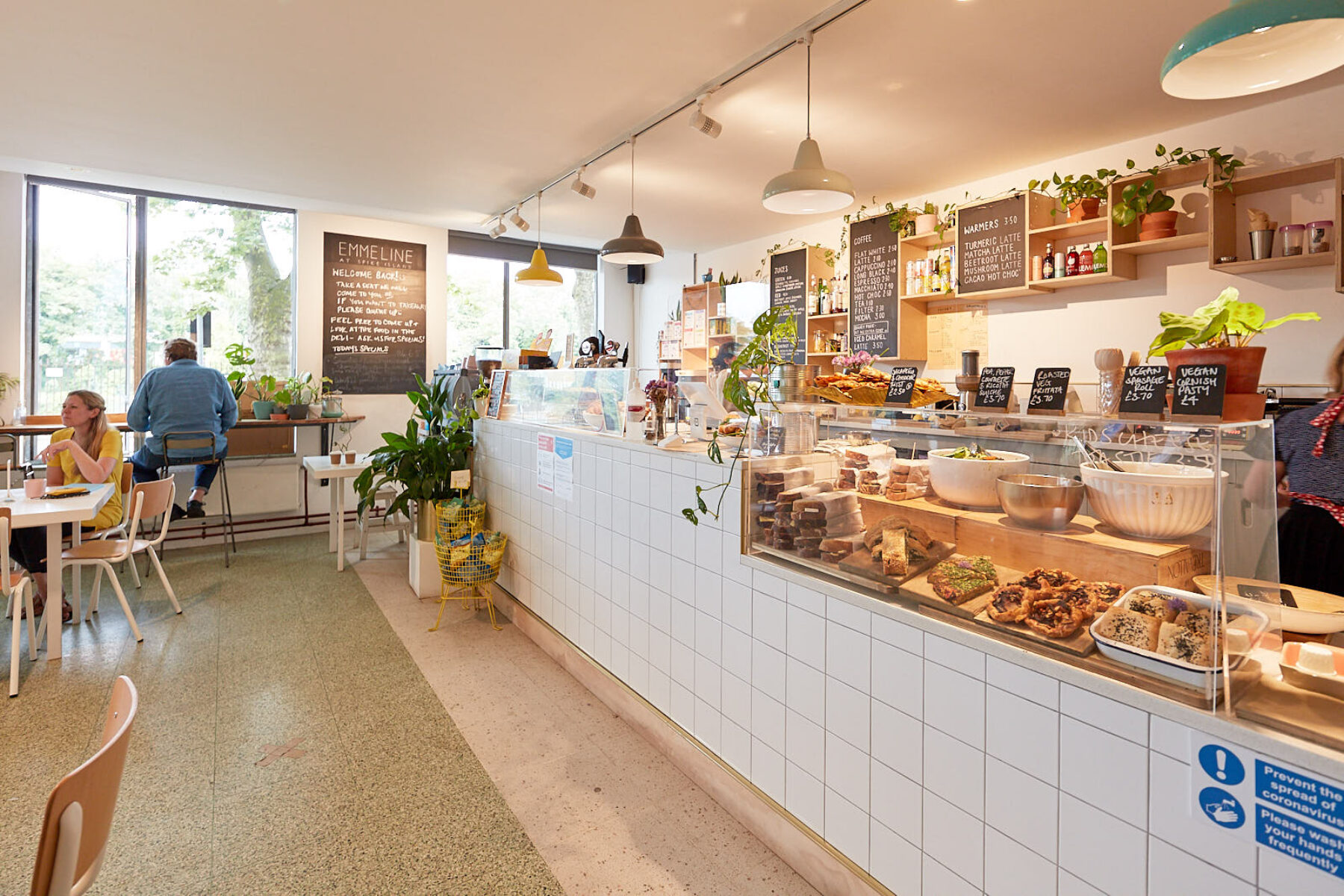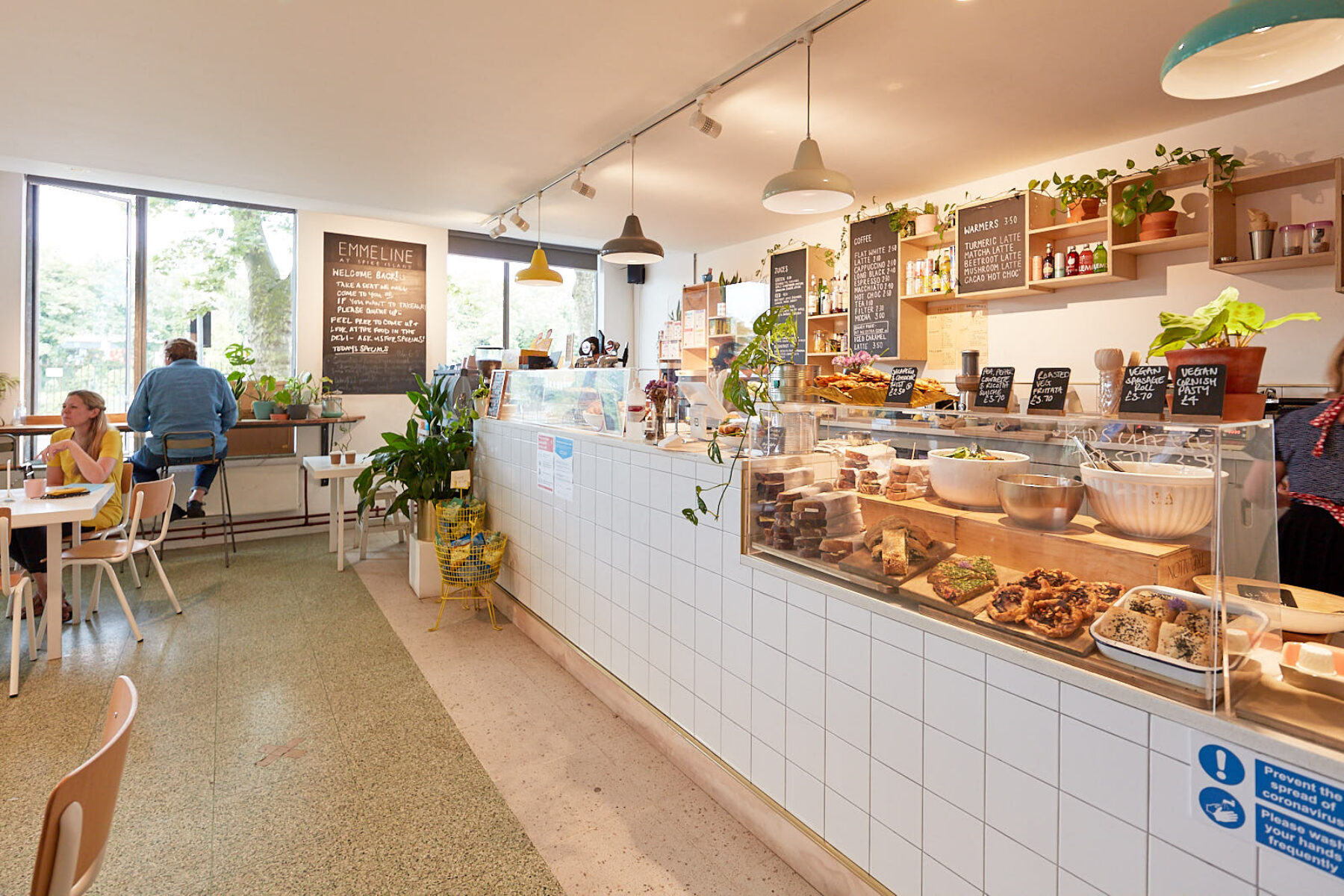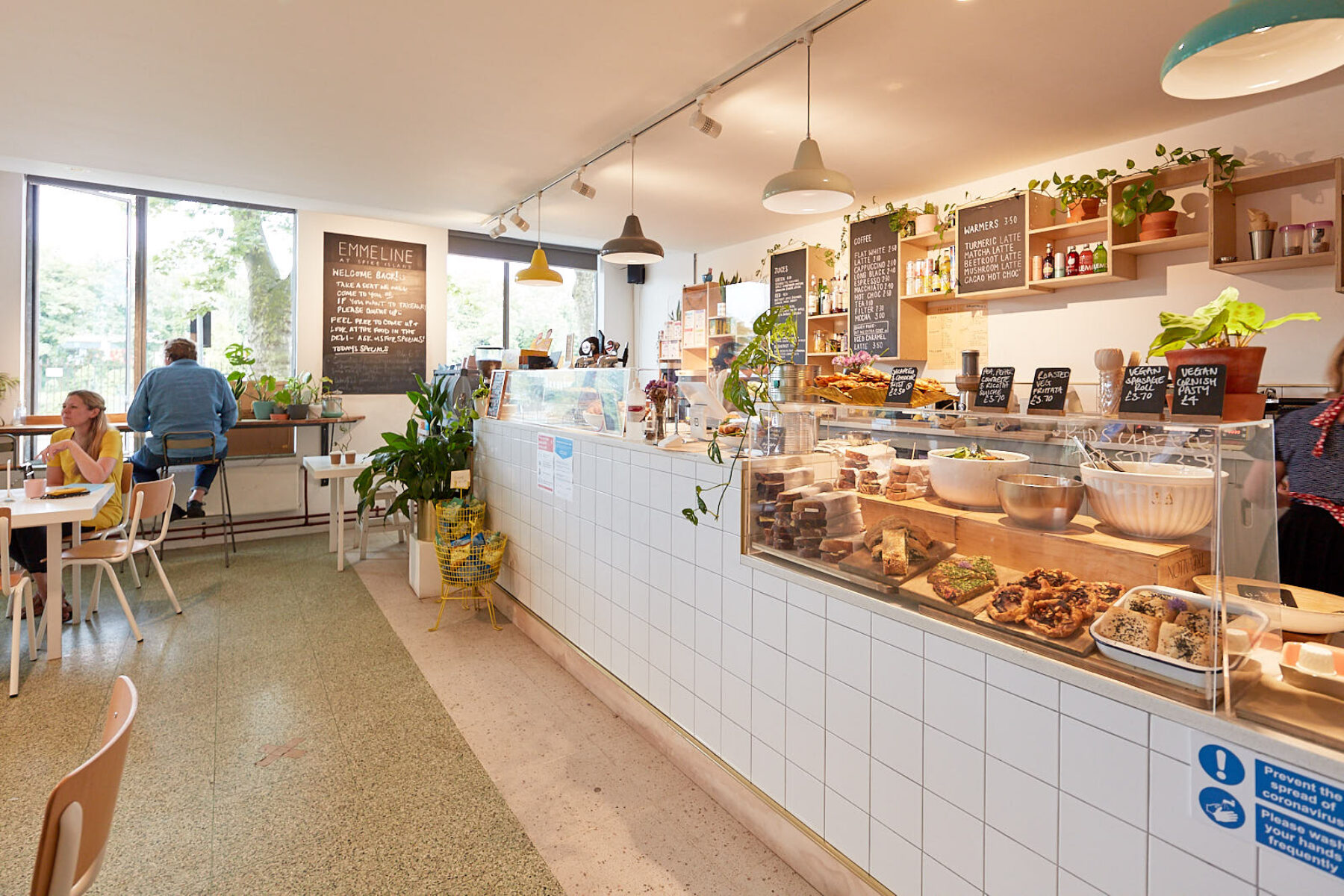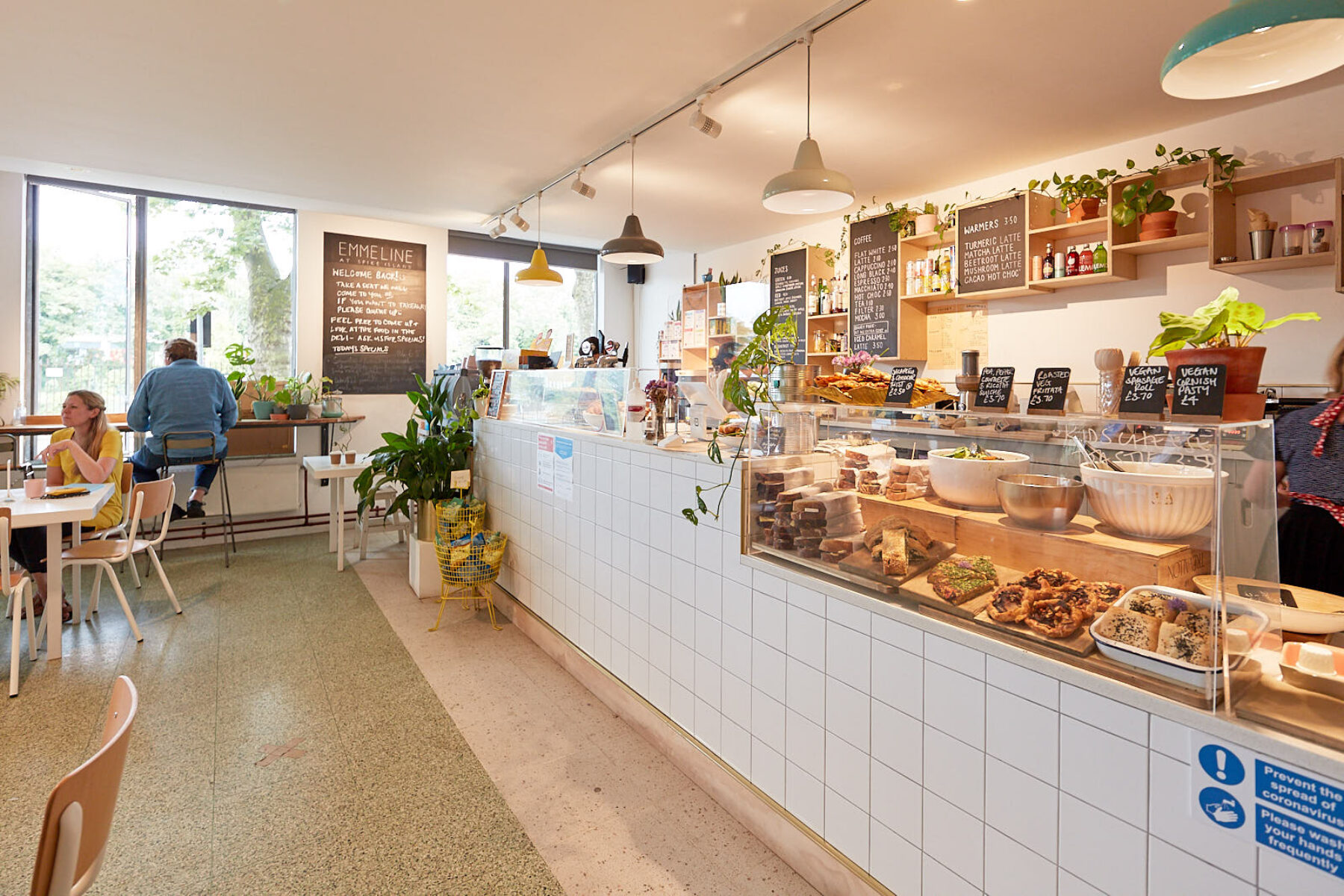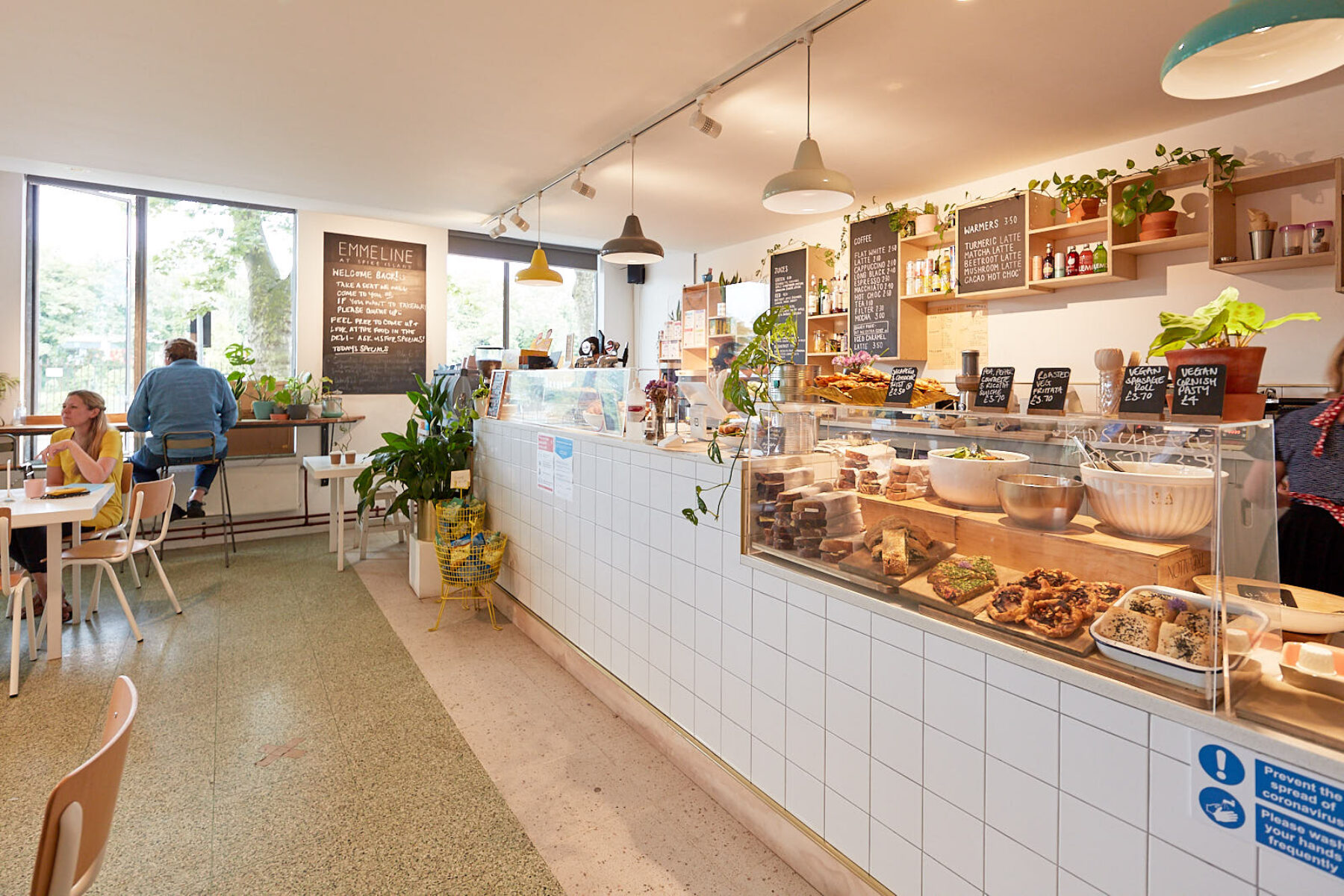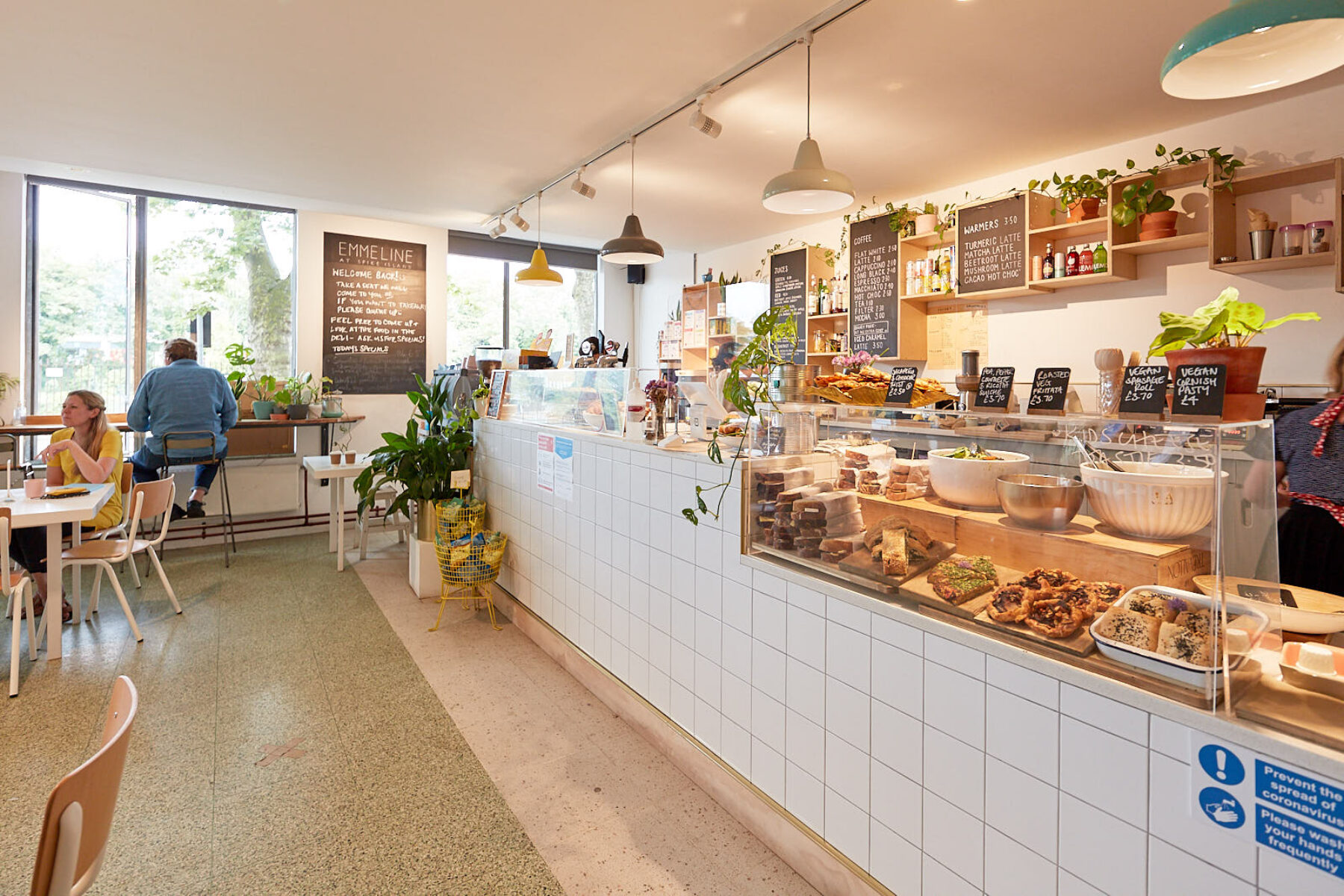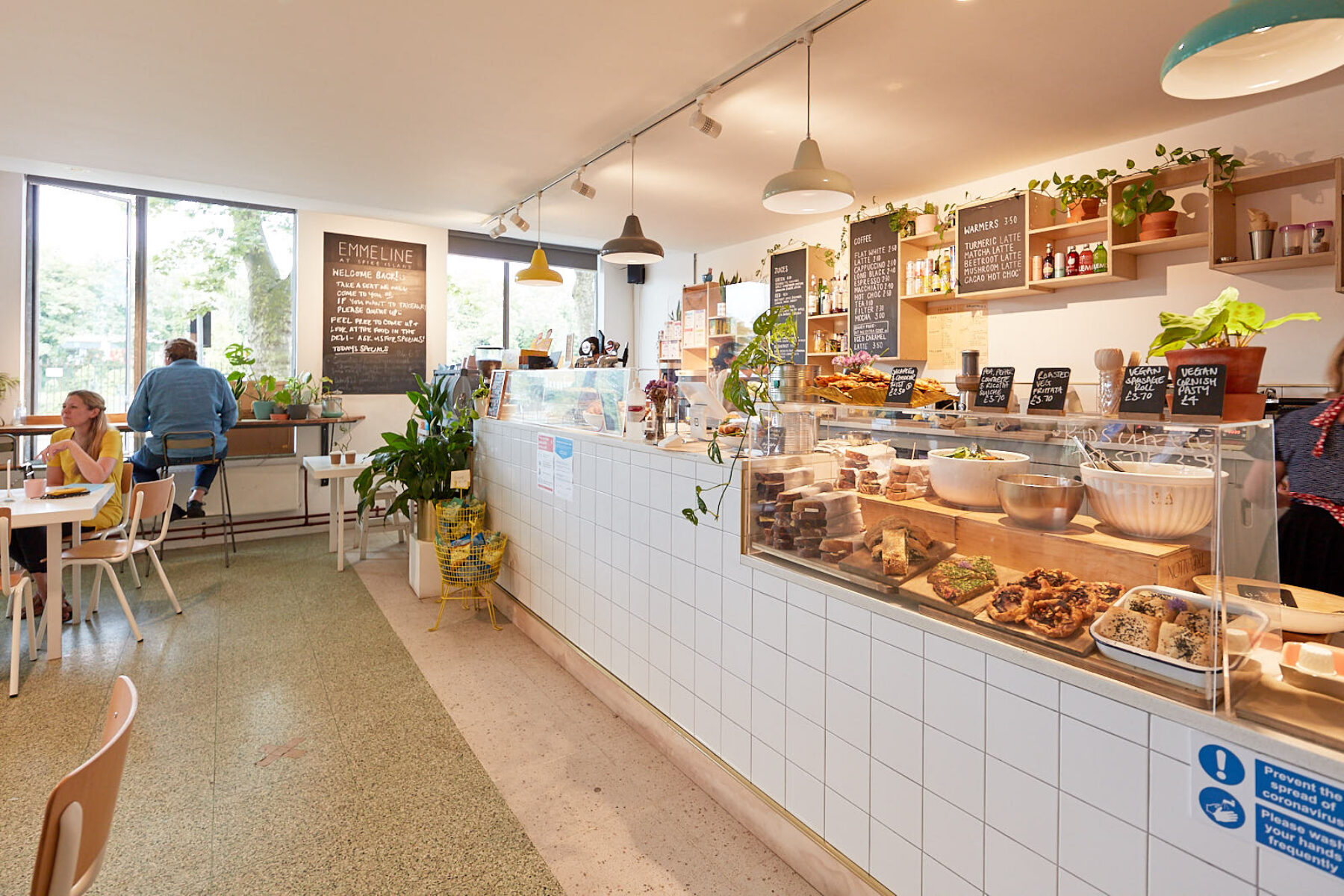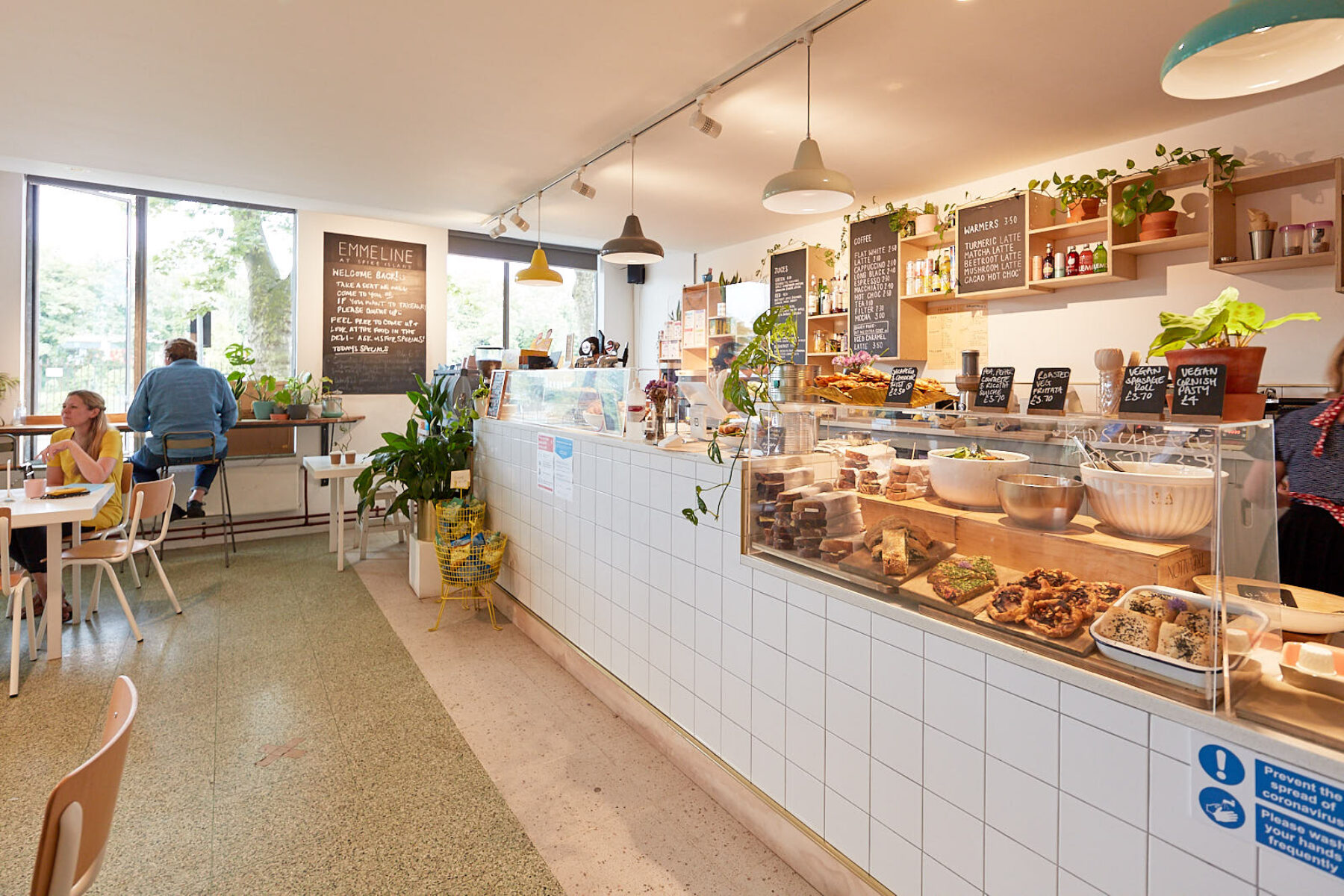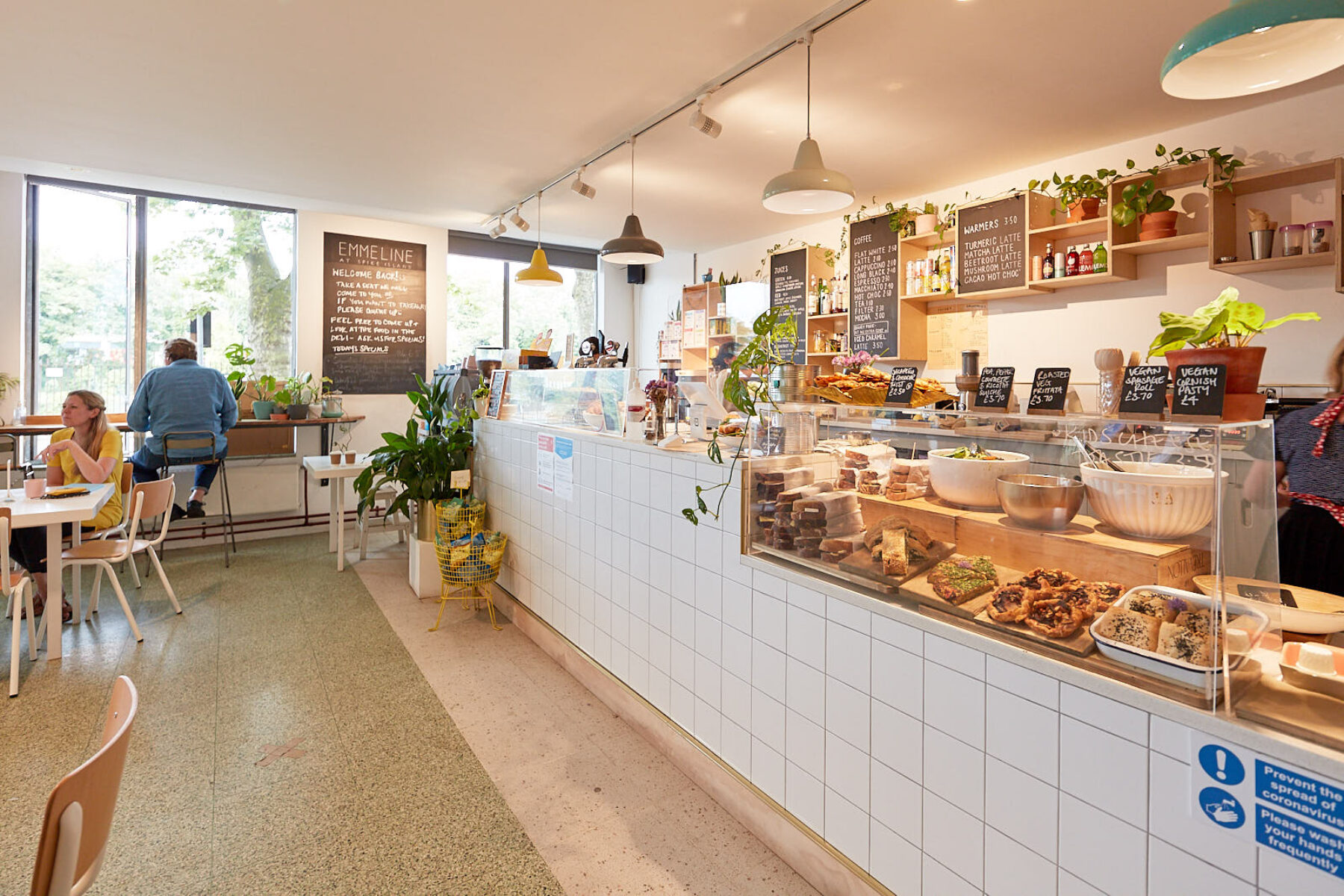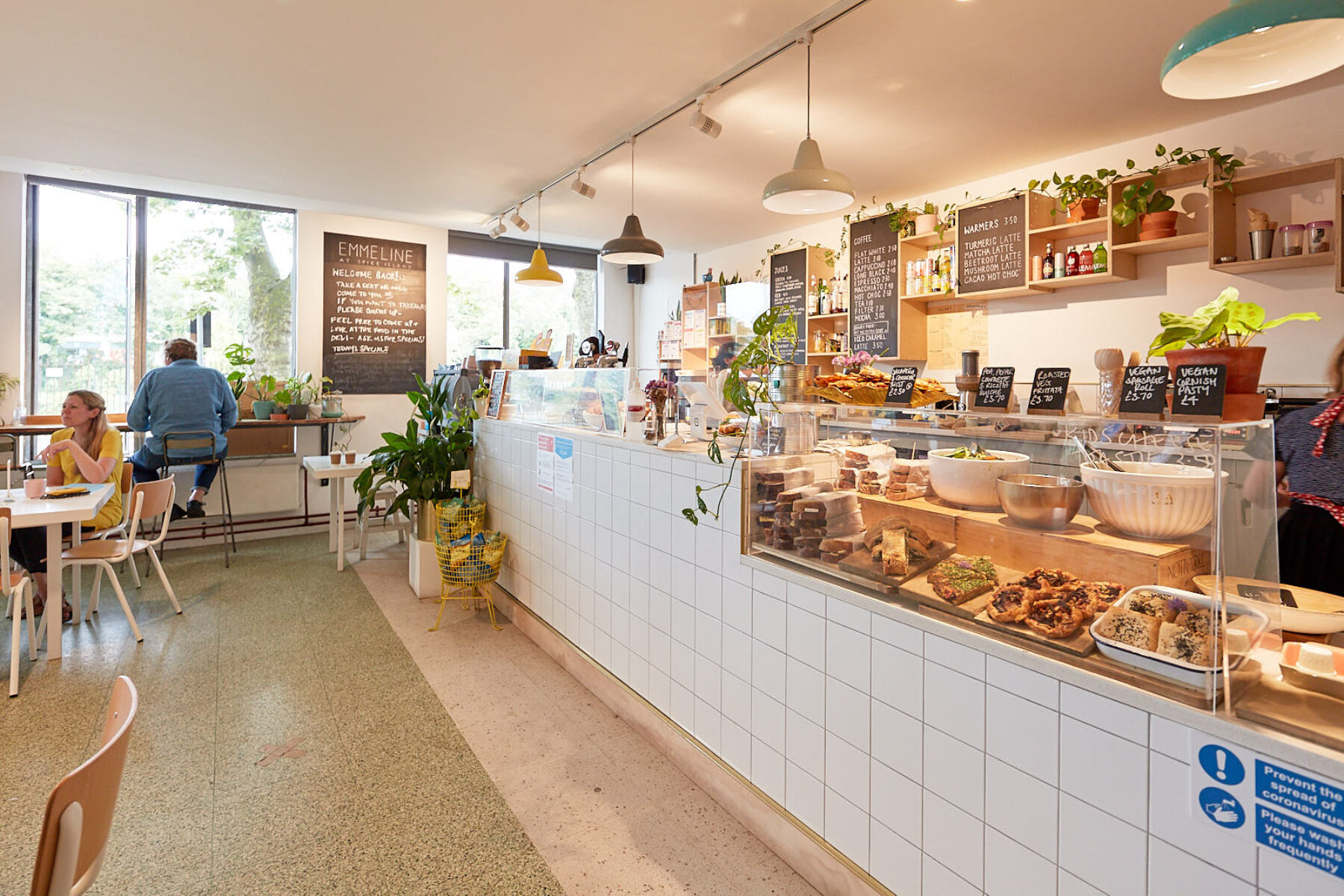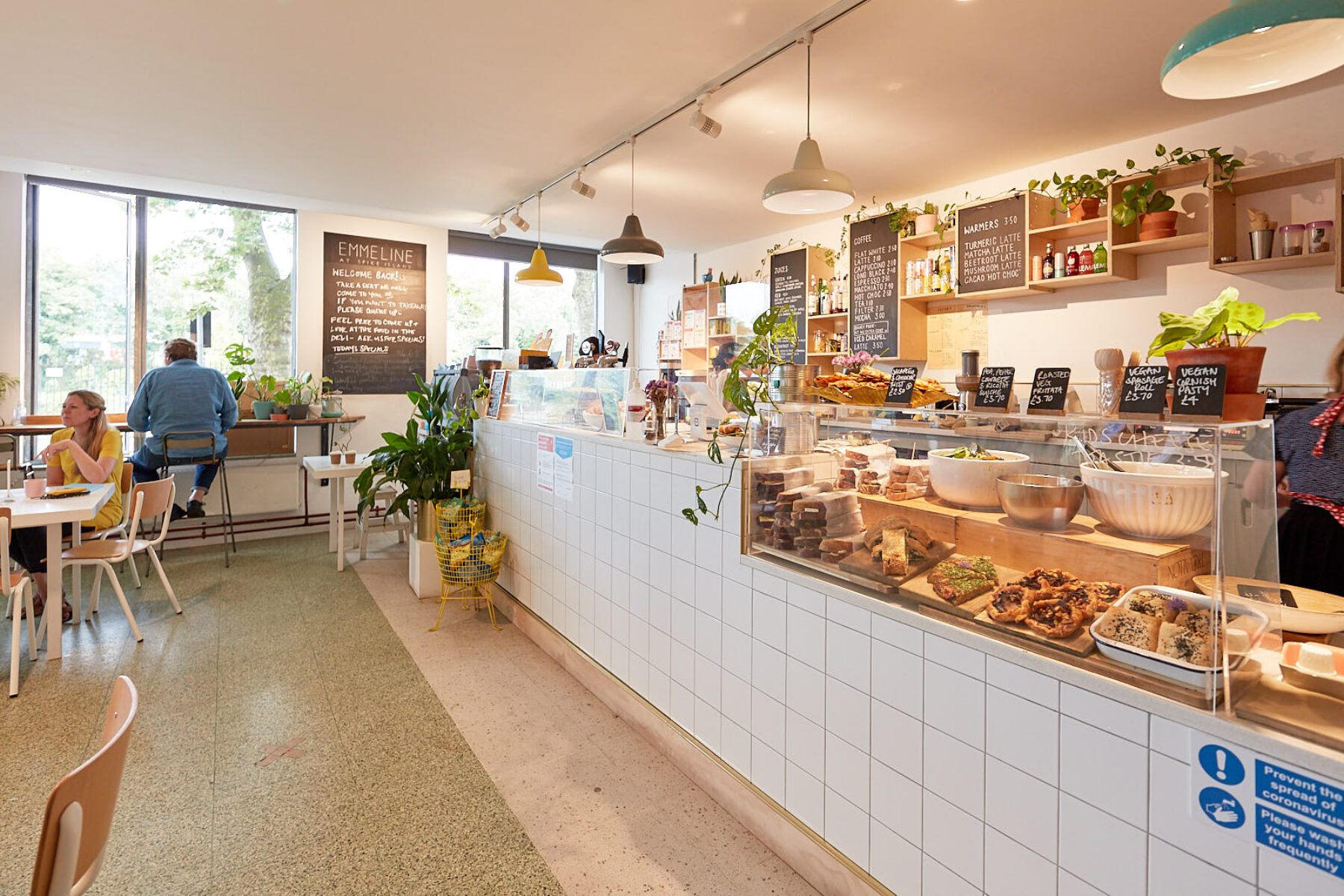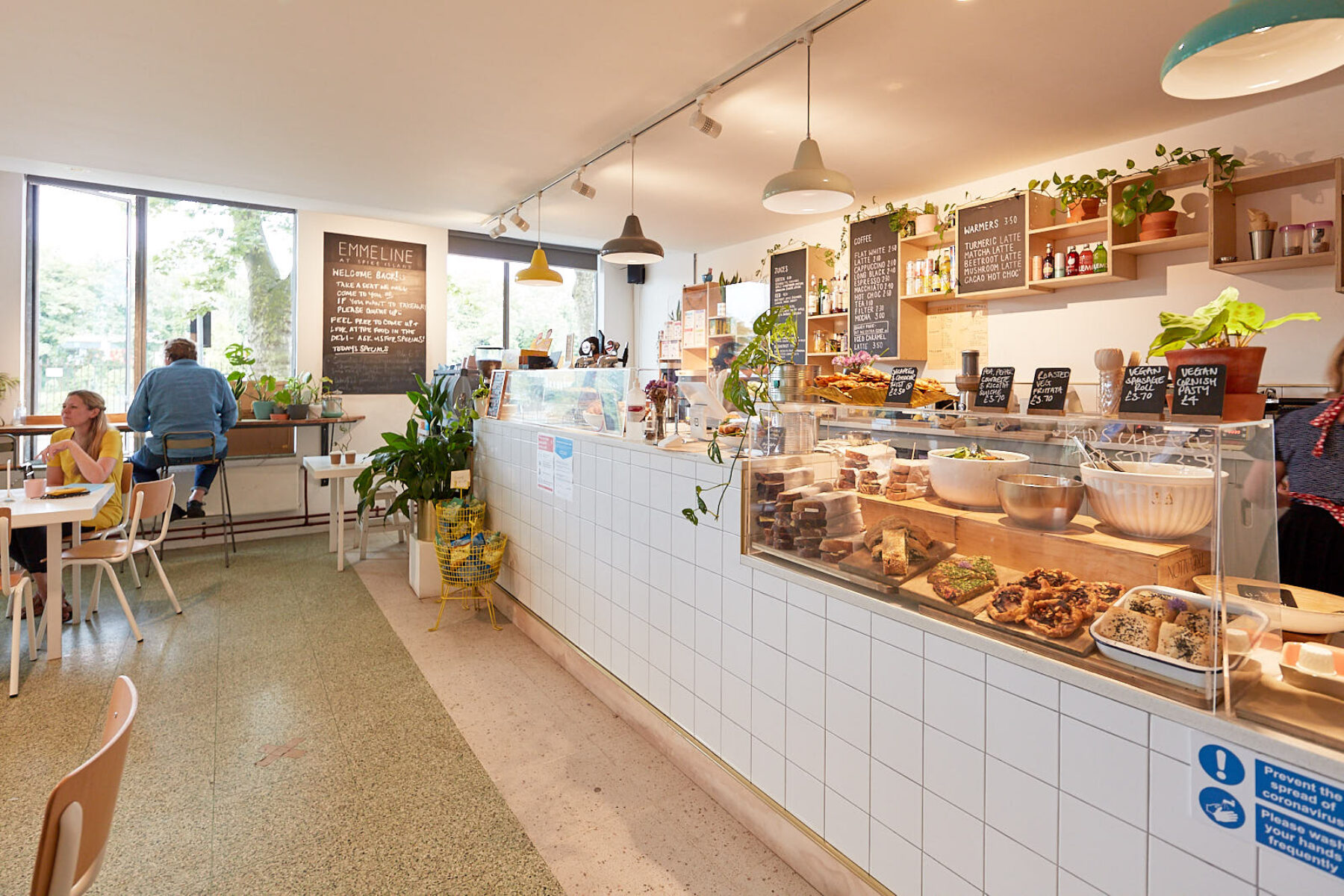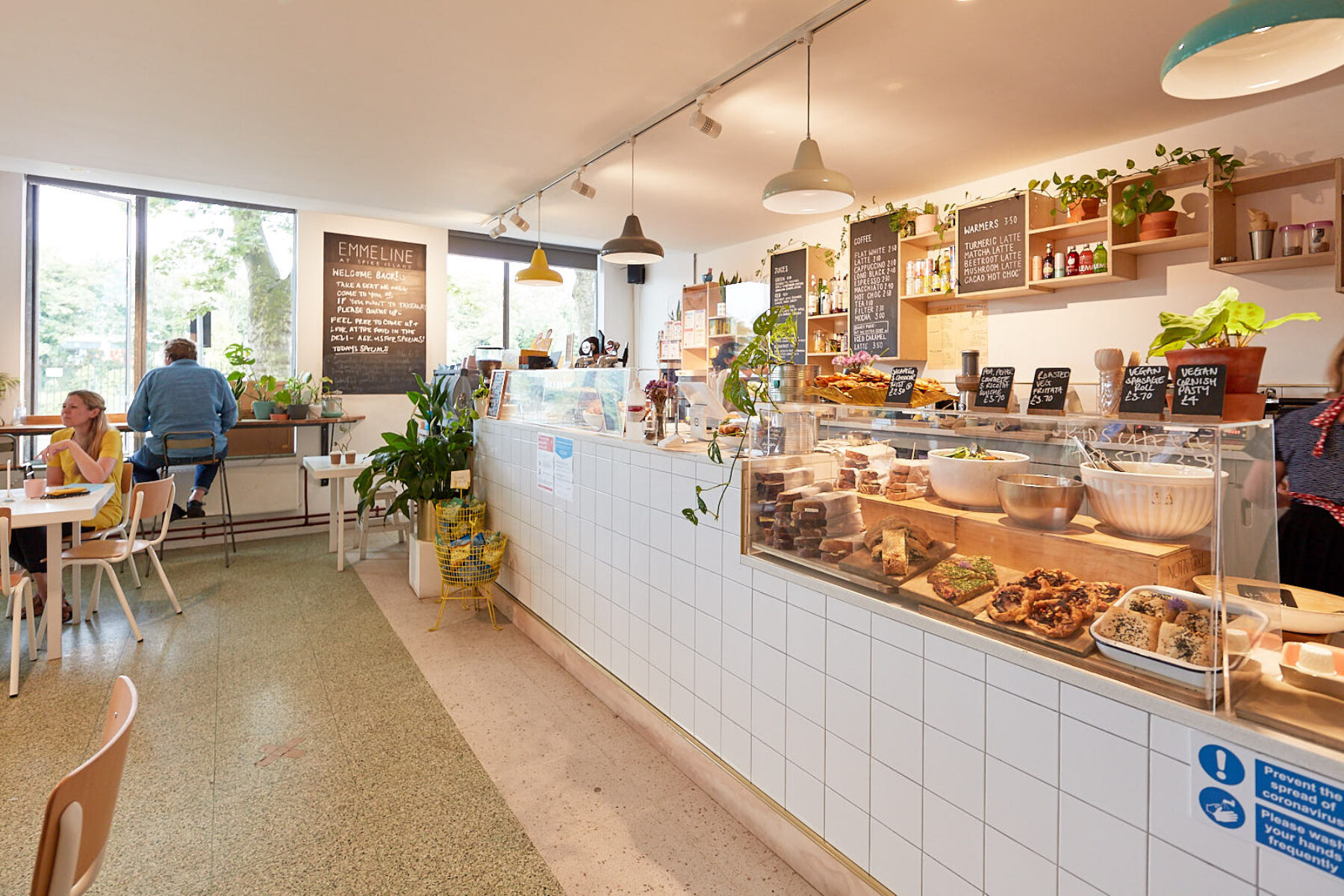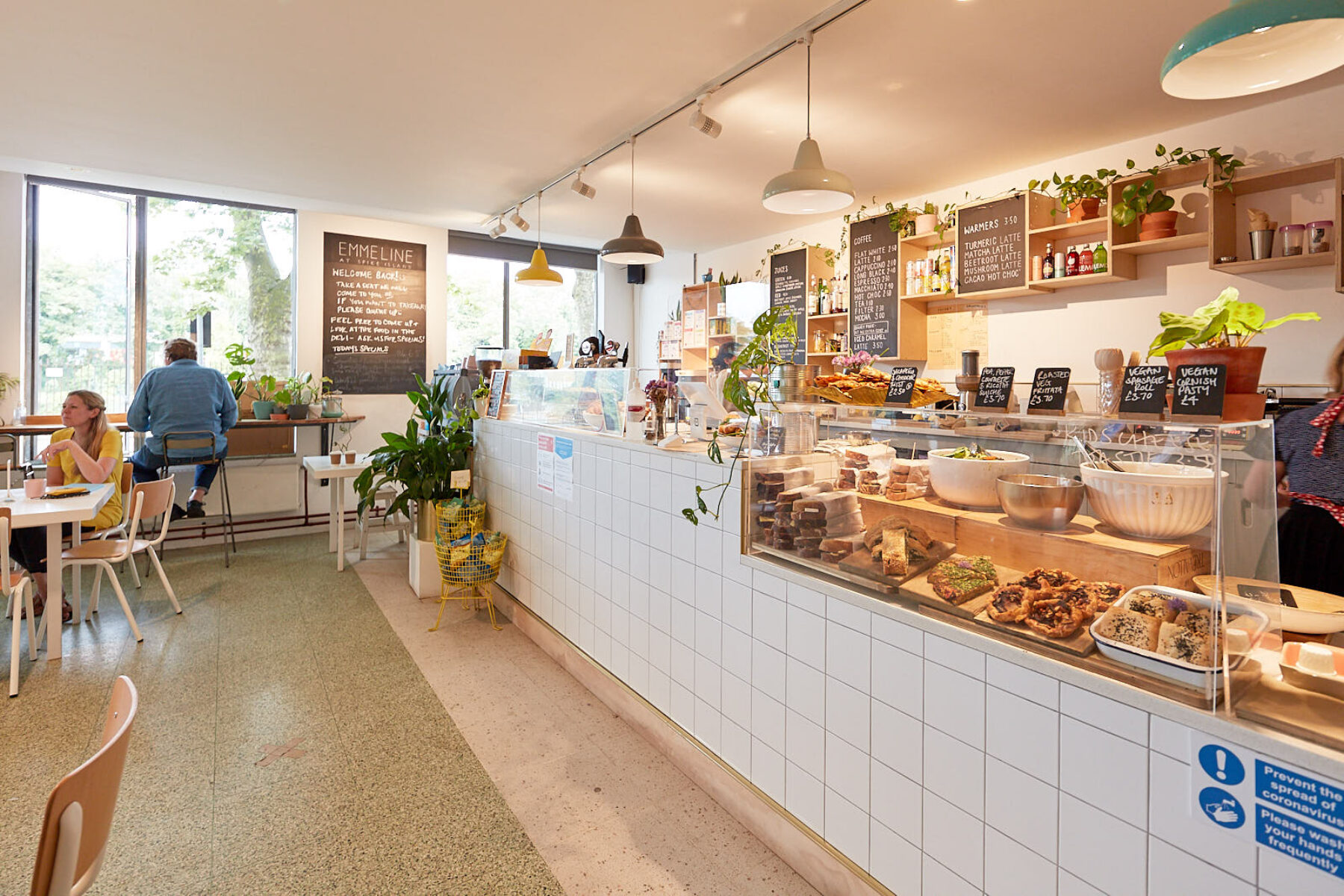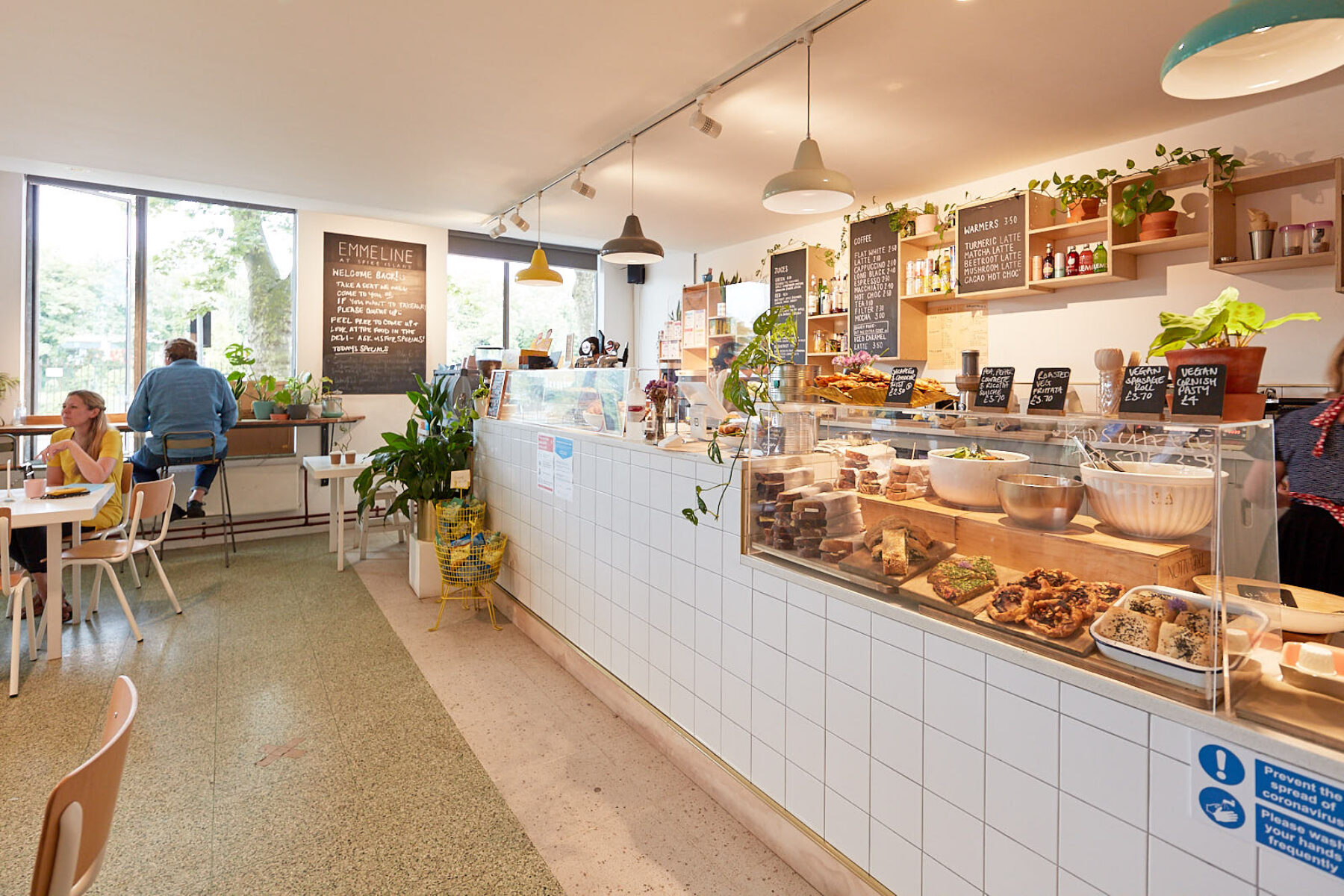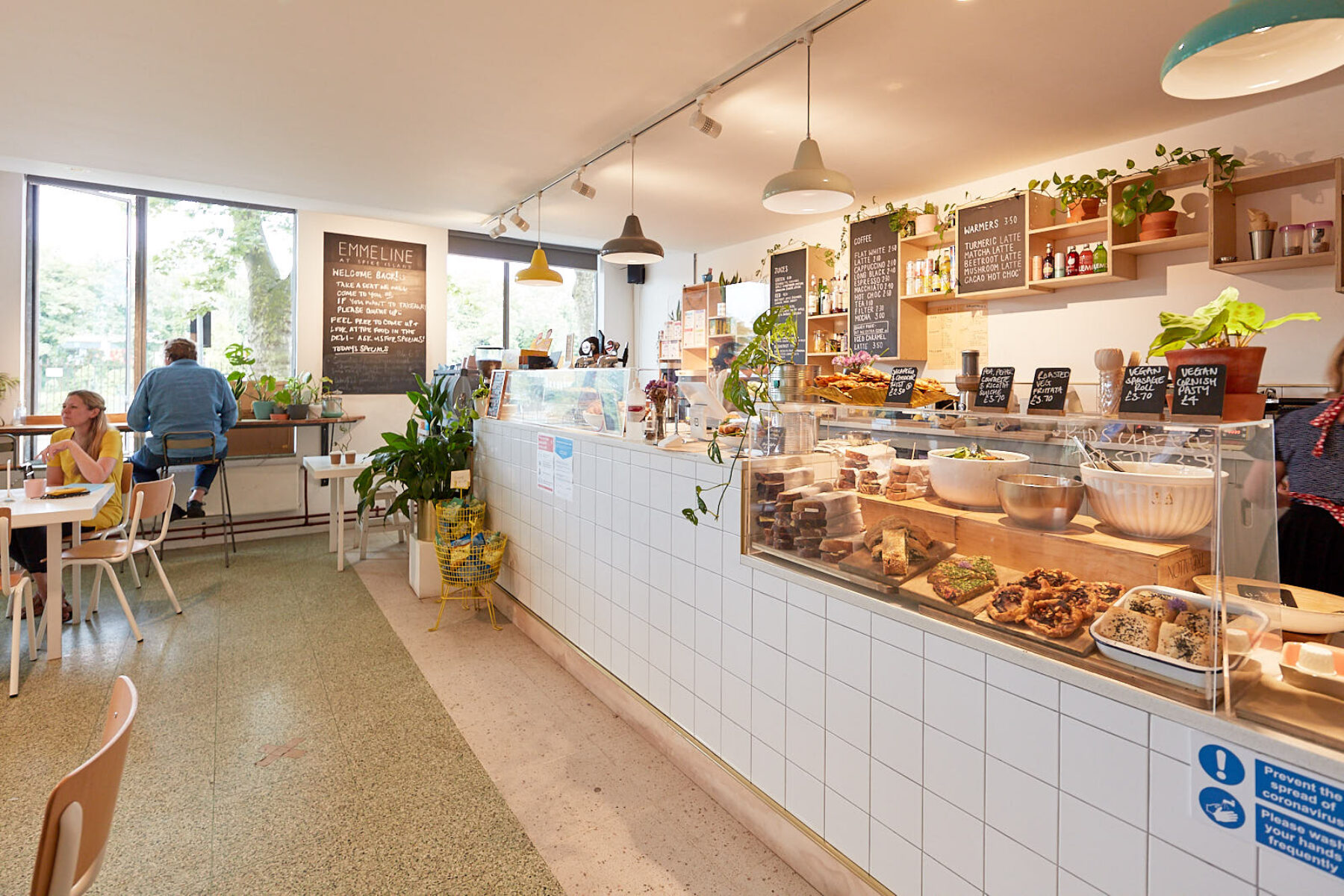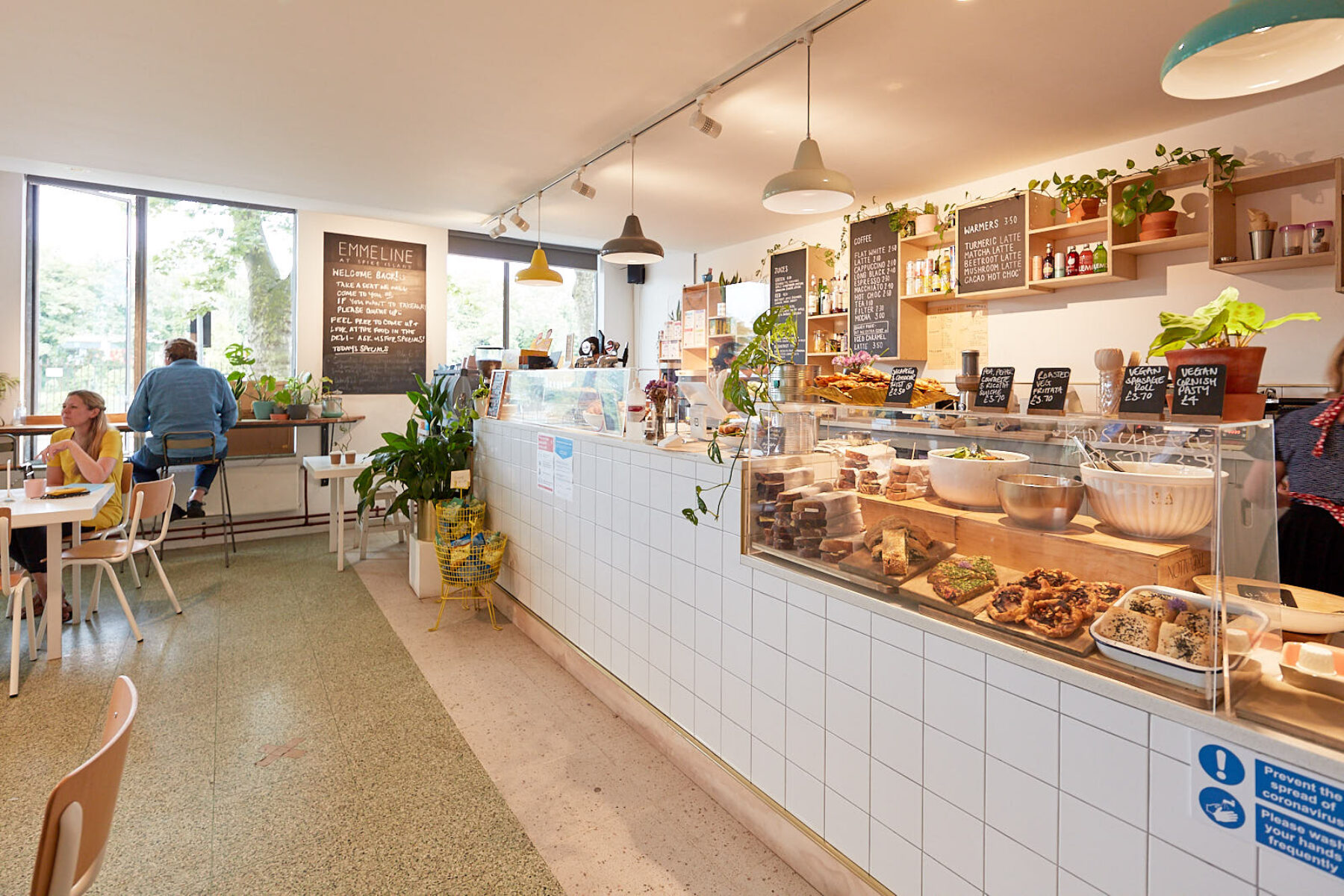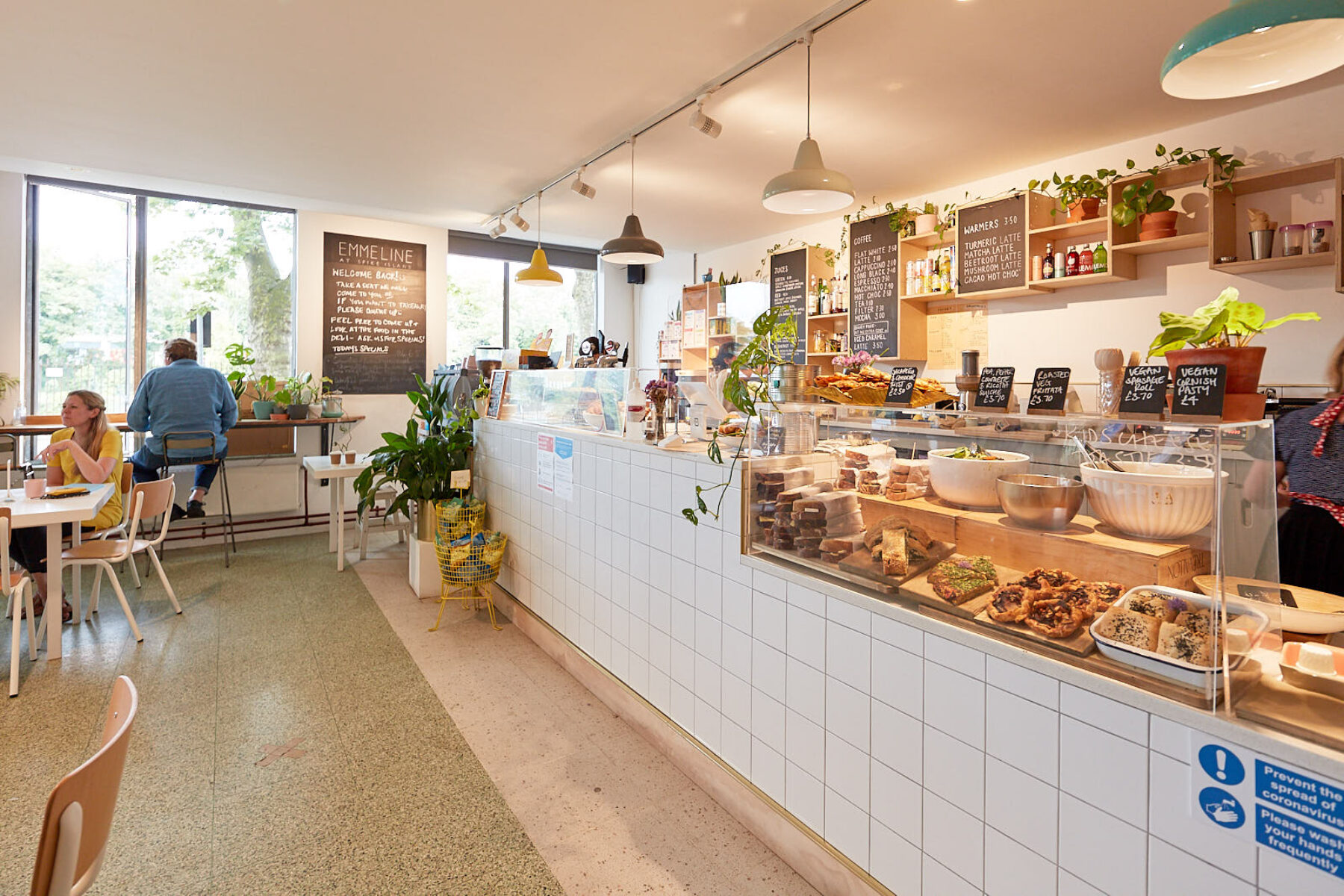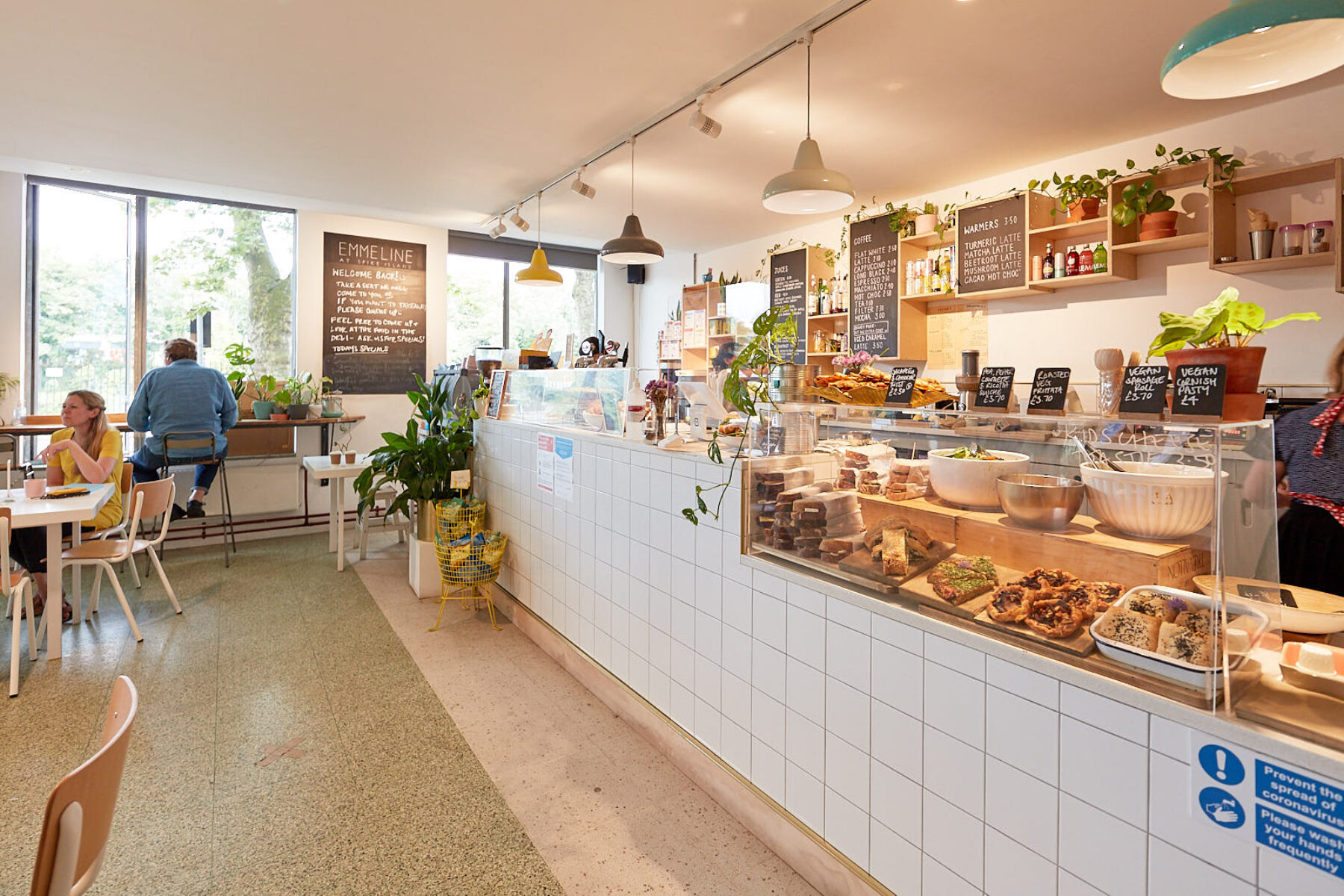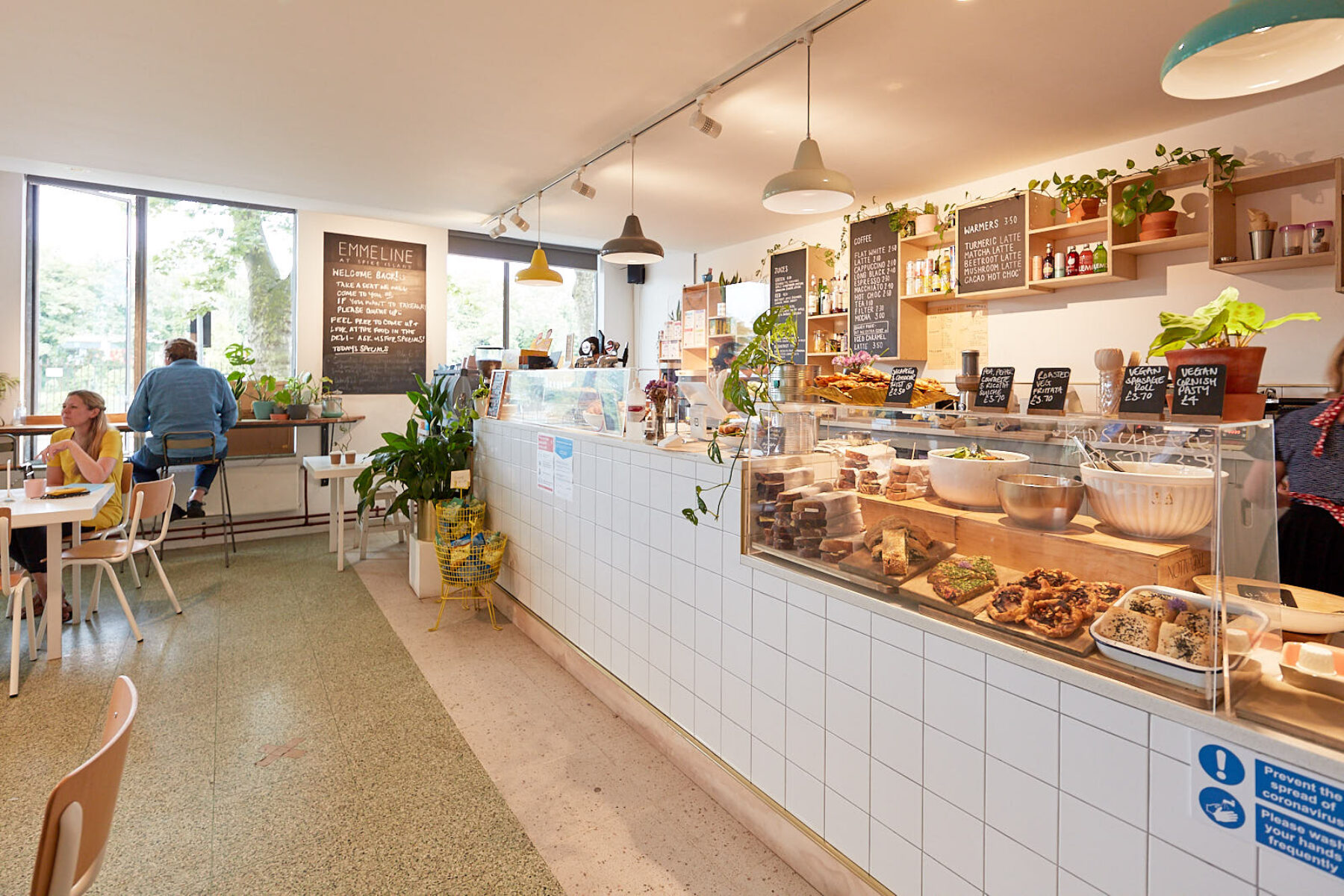Running a successful café requires significant investment in specialized equipment, from high-end espresso machines to commercial refrigeration u…
Café Seating Area Insurance: Protecting Your Customer Spaces and Business
Running a café involves creating welcoming spaces where customers can relax and enjoy their food and beverages. However, your seating areas – whether indoor, outdoor, or both – present unique risks that require specialized insurance coverage. Understanding café seating area insurance is crucial for protecting your business from potential liabilities and ensuring smooth operations.
Understanding Café Seating Area Risks
Café seating areas face numerous risks that can result in costly claims. Slip and fall accidents are among the most common, particularly in high-traffic areas or when floors become wet from spilled drinks. Customers may also suffer injuries from faulty furniture, inadequate lighting, or overcrowded spaces.
Outdoor seating areas present additional challenges, including weather-related incidents, theft of furniture, and potential conflicts with pedestrians or traffic. Food service in seating areas introduces risks of food poisoning, allergic reactions, and hot beverage burns.
Essential Insurance Coverage for Café Seating Areas
Public liability insurance forms the foundation of café seating area protection. This coverage protects against claims when customers or visitors suffer injury or property damage while in your seating areas. Whether someone slips on a wet floor, trips over a chair leg, or suffers burns from hot coffee, public liability insurance provides essential financial protection.
Employers liability insurance is equally important if staff work in or around seating areas. This covers claims from employees who may be injured while serving customers, cleaning tables, or maintaining the seating space.
Product liability insurance protects against claims arising from food or beverages served in your seating areas. If a customer becomes ill from contaminated food or suffers an allergic reaction, this coverage helps manage the financial consequences.
Property insurance covers your seating area furniture, fixtures, and equipment. This includes tables, chairs, lighting, heating systems, and any specialized equipment like outdoor heaters or umbrellas.
Indoor Seating Area Considerations
Indoor café seating areas require careful attention to space planning and safety. Adequate spacing between tables prevents overcrowding and reduces accident risks. Proper lighting ensures customers can navigate safely, while non-slip flooring materials help prevent falls.
Consider the layout of your indoor seating in relation to service areas. High-traffic zones where staff frequently carry hot beverages or food require extra attention to prevent collisions and spills. Emergency exits must remain clear and accessible at all times.
Furniture selection impacts both safety and insurance costs. Choose sturdy, well-maintained pieces that can withstand regular use. Regular inspection and maintenance of seating area furniture helps prevent accidents and demonstrates due diligence to insurers.
Outdoor Seating Area Challenges
Outdoor café seating presents unique insurance considerations. Weather exposure means furniture must be weather-resistant or easily stored during adverse conditions. Wind can turn umbrellas and lightweight furniture into hazards, while rain creates slip risks.
Theft and vandalism risks increase with outdoor furniture and equipment. Consider security measures like chains or storage systems for valuable items. Some insurers offer specific coverage for outdoor furniture theft or weather damage.
Boundary definitions become important with outdoor seating. Clear demarcation of your seating area helps establish liability boundaries and ensures compliance with local licensing requirements. Adequate lighting for evening service is essential for customer safety and security.
Licensing and Regulatory Compliance
Most local authorities require specific licenses for café seating areas, particularly outdoor spaces. These licenses often include conditions about furniture placement, capacity limits, and operating hours. Non-compliance can void insurance coverage and result in legal penalties.
Health and safety regulations apply to all seating areas. Regular risk assessments help identify potential hazards and demonstrate compliance with legal requirements. Document these assessments as evidence of due diligence for insurance purposes.
Fire safety considerations include ensuring adequate escape routes and appropriate fire detection systems. Seating layouts must not obstruct emergency exits or firefighting equipment access.
Risk Management Strategies
Implementing effective risk management reduces both accident likelihood and insurance premiums. Regular cleaning schedules prevent slip hazards from spills and debris. Immediate attention to spills and prompt placement of warning signs demonstrates responsible management.
Staff training plays a crucial role in seating area safety. Employees should understand how to identify and address potential hazards, respond to accidents, and maintain safe service practices in crowded areas.
Furniture maintenance programs ensure seating remains safe and functional. Regular inspections can identify worn or damaged items before they cause accidents. Keep maintenance records as evidence of proactive management.
Capacity Management and Crowd Control
Managing seating area capacity helps prevent overcrowding and associated risks. Establish clear capacity limits based on space size and emergency exit requirements. During busy periods, consider queue management systems to prevent congestion in seating areas.
Peak time planning reduces accident risks during busy periods. Additional staff during rush hours can help maintain cleanliness and respond quickly to spills or other hazards. Clear signage helps customers navigate safely during crowded conditions.
Seasonal Considerations
Seasonal variations affect café seating area risks and insurance needs. Winter months may require additional heating, creating fire risks and increased utility costs. Ice and snow create slip hazards requiring prompt attention and appropriate insurance coverage.
Summer brings increased outdoor seating use but also higher risks from extreme weather. Heat-related incidents, sun exposure claims, and storm damage all require consideration in your insurance planning.
Technology and Modern Seating Areas
Modern cafés often incorporate technology into seating areas, including charging stations, WiFi systems, and digital ordering platforms. These additions create new risks including electrical hazards, data protection concerns, and equipment theft.
Cyber liability insurance becomes relevant when customer data is collected through WiFi systems or digital ordering platforms used in seating areas. This coverage protects against data breaches and privacy violations.
Claims Management and Documentation
When incidents occur in seating areas, proper documentation is crucial for successful insurance claims. Maintain incident report forms and train staff on proper completion procedures. Photograph accident scenes and gather witness statements when possible.
Security cameras covering seating areas provide valuable evidence for claims investigation. Ensure camera placement complies with privacy regulations while providing adequate coverage of high-risk areas.
Working with Insurance Providers
Choose insurers with experience in hospitality sector risks, particularly café operations. They understand the unique challenges of seating area management and can provide tailored coverage options.
Regular policy reviews ensure coverage remains adequate as your café evolves. Changes in seating capacity, layout modifications, or new service offerings may require policy adjustments.
Cost Management Strategies
Several factors influence café seating area insurance costs. Location affects premiums, with high-traffic urban areas typically costing more than suburban locations. Seating capacity directly impacts liability exposure and premium calculations.
Risk management measures can reduce insurance costs. Installing security systems, implementing staff training programs, and maintaining detailed safety records often qualify for premium discounts.
Future Planning and Expansion
Consider insurance implications when planning seating area changes or expansions. Adding outdoor seating, increasing capacity, or incorporating new technologies all affect insurance requirements and costs.
Seasonal seating expansions require temporary coverage adjustments. Work with your insurer to establish procedures for adding or removing coverage as seating areas change throughout the year.
Conclusion
Café seating area insurance requires comprehensive coverage addressing the unique risks of customer spaces. From public liability protection to property coverage for furniture and equipment, proper insurance ensures your café can operate confidently while protecting against financial losses.
Effective risk management, regulatory compliance, and regular policy reviews help maintain adequate protection as your business evolves. By understanding the specific challenges of café seating areas and working with experienced insurers, you can create safe, welcoming spaces for customers while protecting your business investment.
Remember that insurance requirements vary by location and business type. Consult with qualified insurance professionals to ensure your café seating area coverage meets all legal requirements and adequately protects your specific business risks.


 0330 127 2333
0330 127 2333
